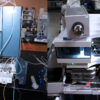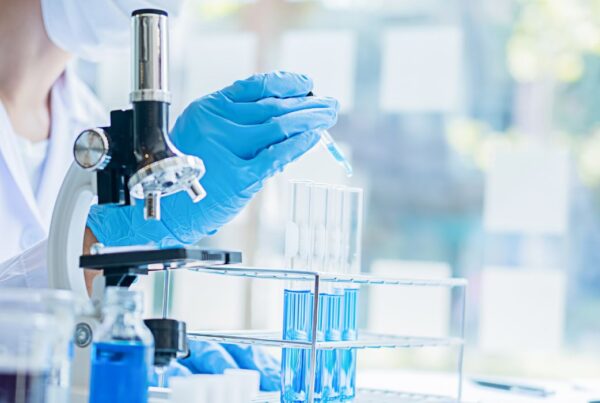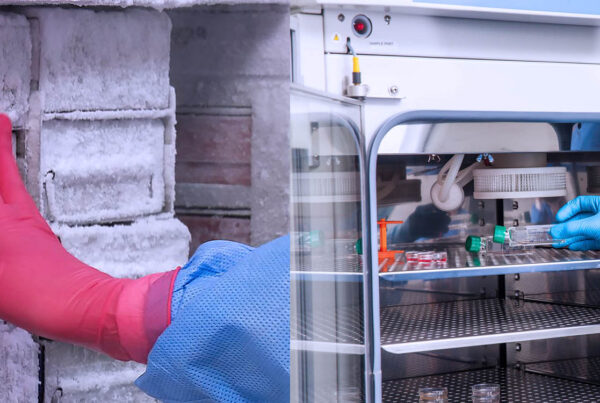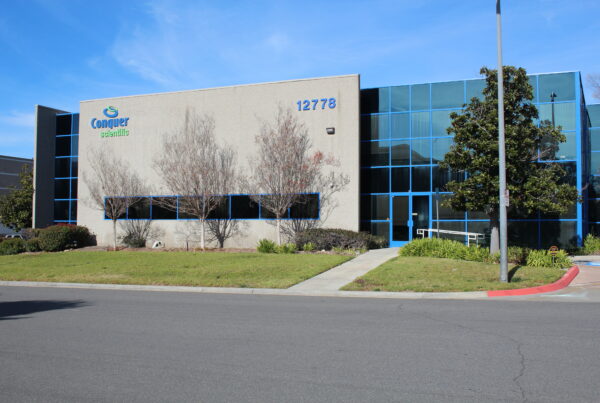In the fast-paced world of scientific research, acquiring top-quality laboratory equipment is crucial for achieving accurate results and pushing the boundaries of knowledge. However, investing in brand new lab equipment can be expensive, especially for smaller research facilities or start-ups. This is where the option of purchasing used laboratory equipment comes into play. While buying used equipment can save you money, it’s essential to exercise caution to ensure you acquire reliable and high-performing tools. In this blog, we’ll explore five essential tips to help the scientific community navigate the process of selecting used laboratory equipment wisely.
1. Assess Your Needs and Budget
Before diving into the world of used laboratory equipment, it’s essential to assess your specific research requirements and budget constraints. Create a list of the instruments you need, along with any specific features or performance capabilities they should possess. Set a realistic budget that aligns with your research goals, and be open to considering slightly higher-priced options if they offer superior quality and reliability. By understanding your needs and budget, you can make informed decisions and prioritize what equipment is most critical for your research.
2. Buy from Trusted Suppliers
Selecting reputable suppliers is paramount when purchasing used laboratory equipment. Seek out suppliers with a proven track record of providing reliable, high-quality instruments. Read customer reviews and testimonials, and ask for references if possible. Established suppliers often offer warranties, technical support, and equipment certification, giving you peace of mind that your investment is protected.
3. Inspect Thoroughly

Before finalizing any purchase, inspect the used equipment thoroughly. Check for signs of wear and tear, corrosion, or any damage that could affect its performance. Request detailed photos and, if possible, arrange for an in-person inspection. Pay particular attention to critical components and ensure they are in proper working condition. If you lack expertise, consider consulting with a qualified technician or expert who can help evaluate the equipment’s condition.
4. Request Maintenance and Service Records
To gain insight into the equipment’s history and performance, ask the supplier for maintenance and service records. Equipment that has been well-maintained is likely to offer better reliability and longevity. Additionally, inquire about the equipment’s usage history, as this can impact its overall condition.
5. Inquire about Upgrades and Support
Ensure that the used laboratory equipment you intend to purchase has the potential for future upgrades or is compatible with modern accessories. Inquire about the availability of spare parts and technical support to address any issues that may arise during usage. This ensures that your investment remains viable for an extended period and can adapt to your evolving research needs.
When it comes to acquiring used and refurbished laboratory equipment, there’s no better choice than Conquer Scientific. Remember to assess your needs and budget, buy from reputable suppliers, thoroughly inspect the equipment, request maintenance records, and inquire about upgrade options and support. By adhering to the five essential tips outlined in this blog, researchers can confidently navigate the process of selecting reliable instruments to fuel their scientific pursuits.







